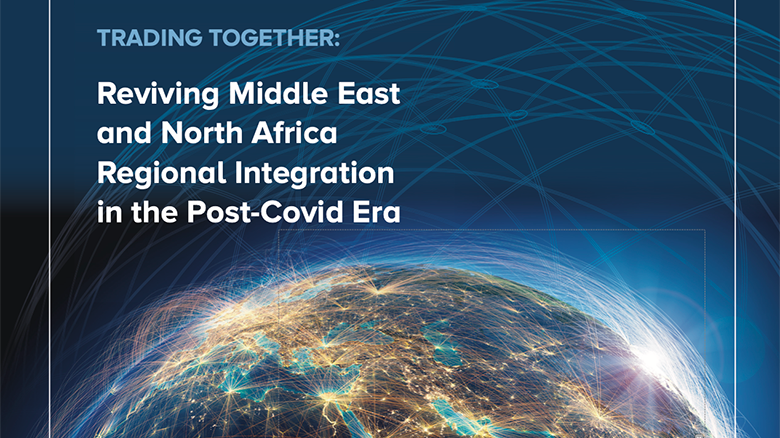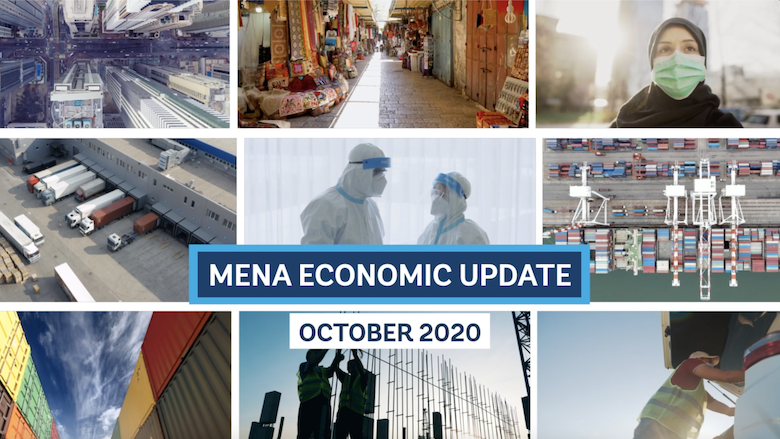The region’s economies are projected to contract by 5.2% in 2020, which is 4.1 percentage points below the forecast in April 2020, and 7.8 percentage points worse than that of October 2019, reflecting an increasingly pessimistic outlook for the regional economy. The region is expected to recover only partially in 2021.
The outlook for MENA’s current account and fiscal balances also deteriorated sharply. Driven largely by lower oil export revenue, a drop in fiscal revenue, and the large increase in fiscal expenditure required to respond to the health crisis, the region’s current account and fiscal balances in 2020 are forecast at -4.8% and -10.1% of GDP respectively, much worse than the forecasts in October 2019. Public debt is projected to rise significantly in the next few years, from about 45% of GDP in 2019 to 58% in 2022.
In dealing with the COVID-19 pandemic, the top priority is responding to the health crisis while aiming to preserve consumption and production capabilities. If financially feasible, countries should postpone fiscal consolidation until recovery is well underway. Reallocating spending to deal with the immediate impacts of the crisis and making such spending more efficient, for example, by proactively reducing leakages to ensure relief measures reach the intended beneficiaries can help create fiscal space. In the medium run, there is a strong need to boost productivity to restore growth and stabilize the debt. A powerful way to do that would be to pursue profound institutional reforms that would reshape the role of the state, promote fair competition, accelerate the adoption digital technology, and pursue regional integration, which is the focus of this report.
CHAPTER I: Coping with a Dual Shock in the Middle East and North Africa
Countries in the Middle East and North Africa (MENA) face both a COVID-19 pandemic and a collapse in oil prices. Trade volumes are estimated to have fallen sharply. Preliminary data for April from the United Nations Conference on Trade and Development suggests a roughly 40% decline in trade for the region. The downturn is expected to accelerate in sectors with strong value chains, particularly in electronics and automotive products.
CHAPTER II: Reviving Middle East and North Africa Regional Trade Integration in the Post-COVID-19 Era
Trade openness can be significant in achieving inclusiveness. However, to promote growth that benefits all segments of society, trade reforms must move in parallel with other policy reforms. The benefits of trade openness might otherwise be canceled by other economic and social measures. The contributions of trade openness to inclusive growth can be uneven and cannot be understood without considering how it affects all factors of production, benefiting some and hurting others.

